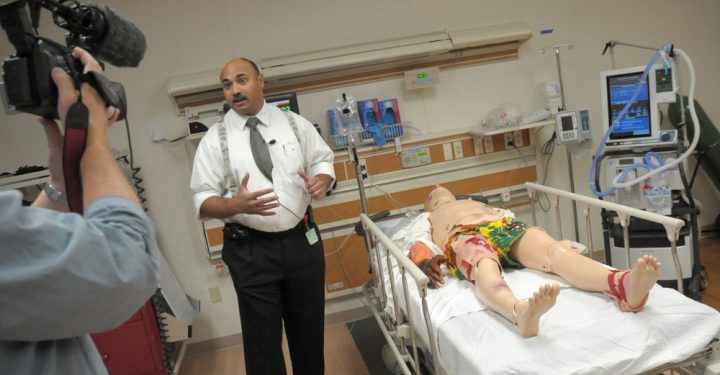In the face of a medical emergency, the first few minutes can mean the difference between life and death. Knowing how to respond effectively in these crucial moments can significantly improve the outcome for the individual in need. This is where Basic Life Support (BLS) certification, offered by the American Heart Association (AHA), comes into play.
What is AHA BLS Certification?
AHA BLS certification equips individuals with the essential knowledge and skills to perform lifesaving interventions in various emergency situations, particularly those involving cardiopulmonary arrest. This comprehensive training program focuses on:
- Cardiopulmonary resuscitation (CPR): Learn proper chest compressions and rescue breathing techniques for adults, children, and infants. This includes understanding the latest CPR guidelines and effectively coordinating compressions and breaths.
- Automated external defibrillator (AED) use: Gain the confidence to identify the need for AED use, safely operate the equipment, and administer appropriate electrical shocks to restore a normal heart rhythm. The course covers recognizing the signs of cardiac arrest, positioning the AED pads correctly, and following the device’s prompts for safe and effective use.
- Choking recognition and management: Develop the skills to effectively respond to choking incidents in both adults and infants. The training covers identifying the signs and symptoms of choking, performing the Heimlich maneuver for adults, and utilizing age-appropriate techniques for children and infants.
Beyond the Core Skills:
The AHA BLS program goes beyond simply teaching the mechanics of CPR, AED use, and choking interventions. It also emphasizes crucial non-technical skills necessary for effective emergency response:
- Scene assessment: Learn how to assess the scene for safety hazards and prioritize actions to ensure the safety of yourself, the victim, and any bystanders.
- Communication: Develop effective communication skills to relay vital information to emergency medical services personnel and provide clear instructions to bystanders who might assist in the rescue effort.
- Teamwork: Understand the importance of teamwork in emergency situations and how to collaborate effectively with other responders, such as healthcare professionals and emergency medical technicians (EMTs).
Why Does AHA BLS Certification Matter?
Beyond the personal satisfaction of being prepared, AHA BLS certification holds significant value for various reasons:
- Empowering Bystanders: Equips individuals to take immediate action and potentially save lives before professional medical help arrives. Statistics show that CPR performed by bystanders can significantly increase the survival rate of individuals experiencing cardiac arrest.
- Increased Confidence: Provides the knowledge and skills to act calmly and effectively in stressful emergency situations. Knowing what to do and how to do it can instill confidence and empower individuals to take charge and potentially save lives.
- Enhanced Employability: A valuable credential for various professions, including healthcare, education, childcare, and fitness. Many workplaces, particularly those involving public interaction, encourage or even require their employees to hold BLS certification.
- Community Safety: Contributes to a more prepared and responsive community, fostering a culture of lifesaving intervention. By increasing the number of individuals trained in BLS, communities become better equipped to handle emergencies and improve overall outcomes for those in need.
Investing in Your Ability to Help:
Obtaining AHA BLS certification is an investment in your own ability to act in critical moments. It empowers you to make a difference when it matters most, potentially saving a life or improving the outcome for someone in need. The knowledge and skills gained can not only impact others but also enhance your own sense of confidence and preparedness.
Taking the Next Step:
Many accredited training centers offer AHA BLS courses, often readily available in various locations. Explore options available in your area, and consider enrolling in a program that aligns with your learning style and schedule. Some popular options include:
- Traditional in-person courses: These courses offer a structured learning environment with classroom lectures, hands-on skills practice, and practical assessments under the guidance of an instructor.
- Blended learning programs: These combine online modules with in-person skills practice sessions, providing flexibility for individuals with busy schedules.
- Online learning with in-person skills check-offs: This option allows you to complete the theoretical portion of the course online at your own pace, followed by an in-person session to demonstrate your practical skills to a certified instructor.
Remember, the skills you gain through AHA BLS certification can have a profound impact, not only on the lives of others but also on your own sense of confidence and preparedness. By taking the initiative to get certified, you are not only empowering yourself to act in emergencies but also contributing to a safer and more responsive community.
Also Read: Step-by-Step Guide: Downloading Your AHA Certificate


